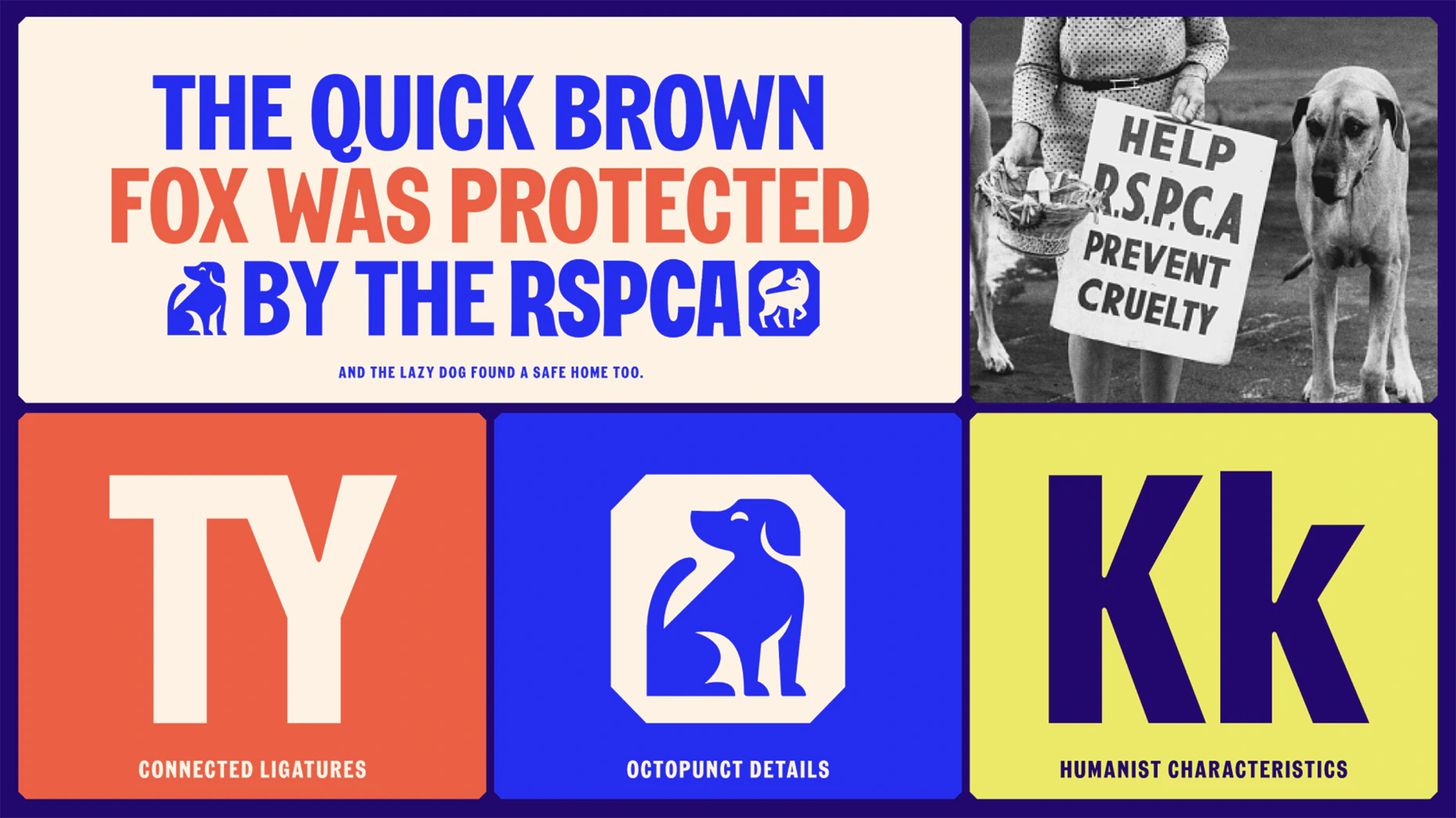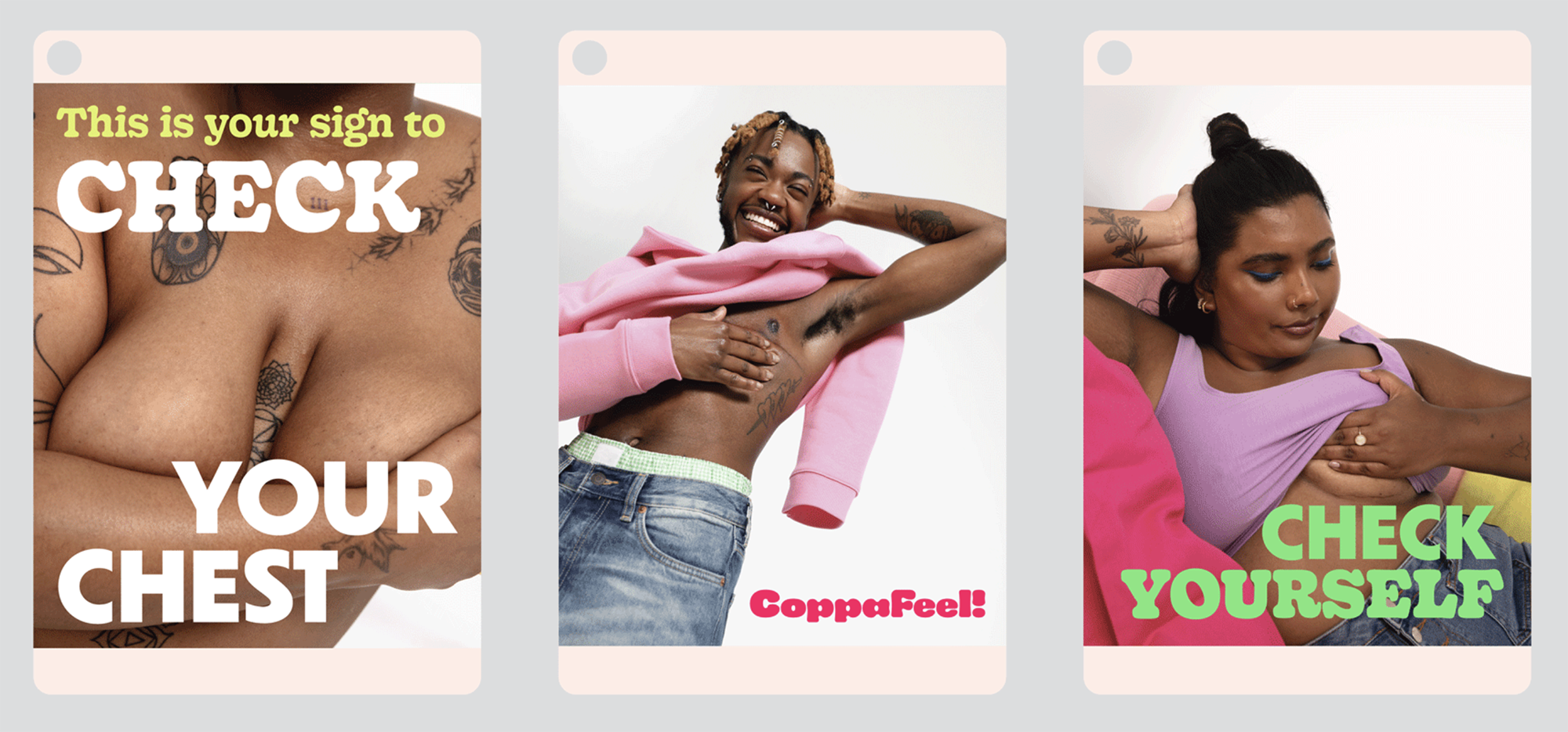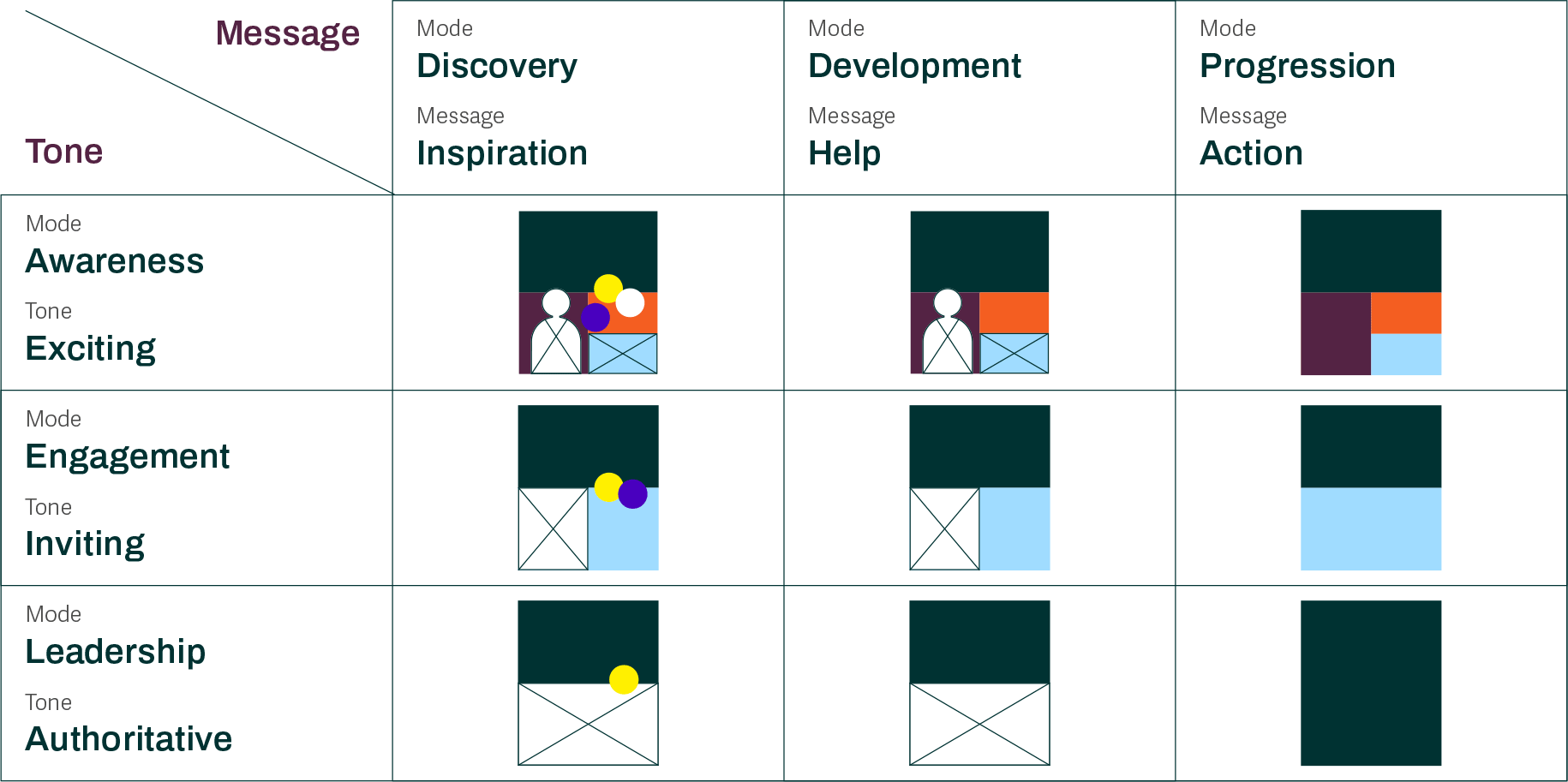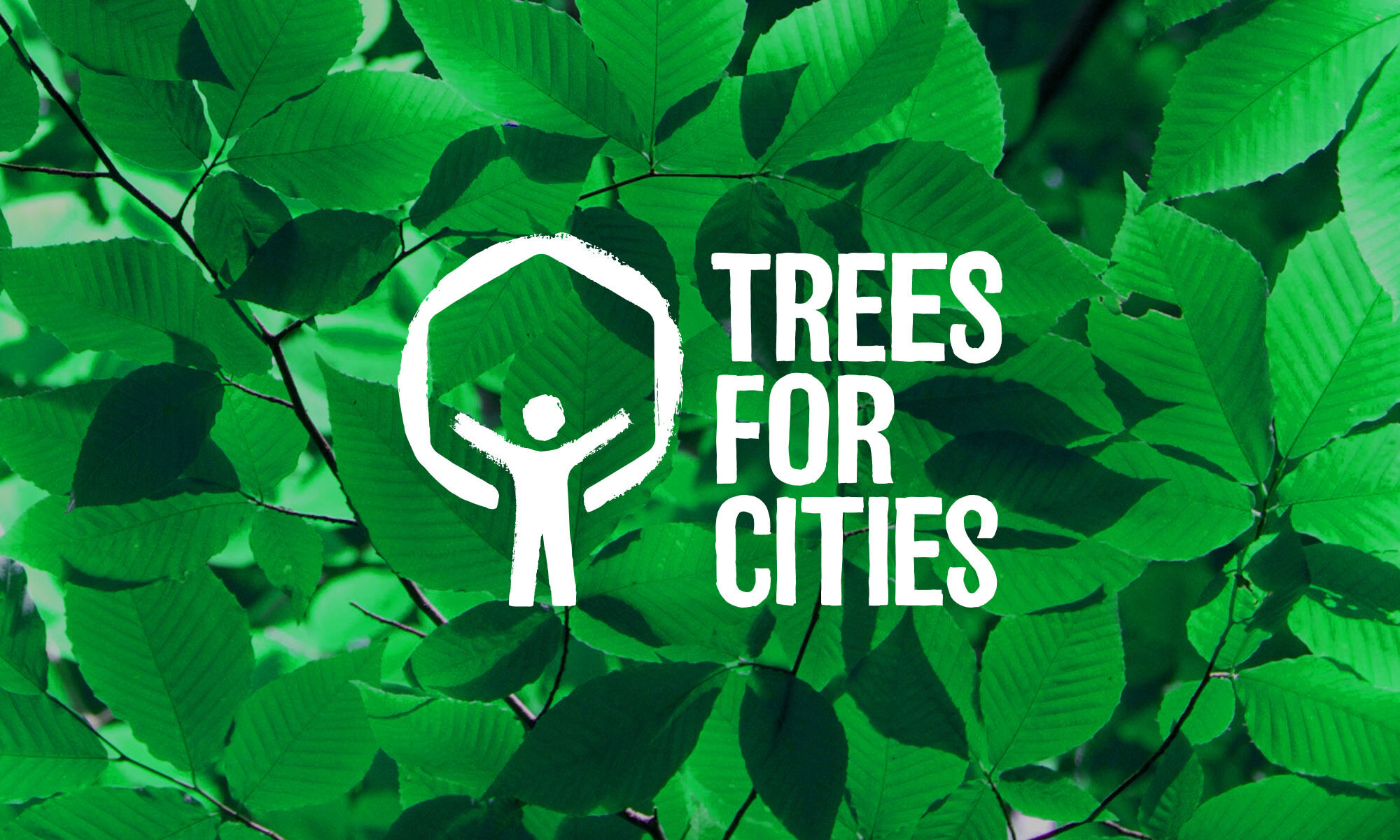Everything you need to know before you rebrand your charity
Why charity rebrands are different
If you’re working in a charity and have reached a point where your brand is a bit tired, or your organisation has made a strategic shift and your identity isn’t meeting your needs anymore, you might think about undertaking a rebrand.
This is really exciting. But it’s also often an anxiety-inducing prospect, with limited time and resources, multiple stakeholders, and internal and external audiences to bring on board. Then there’s where to start in terms of budgets, briefing, choosing an agency or freelancer and what the process itself should look like.
Branding can sometimes seem like a bit of a mysterious and overwhelming process with many different approaches, so what’s best for a charity?
Charity brands are different
There’s tons of advice online about how to go about creating a great brand, and much of the wisdom within them is time-tested and perfectly practical. This includes:
‘Focus on your unique selling point, your vision and your mission’
‘What is your “why”?’
‘Tell a great story’
‘Find out which brand archetype you are’
‘Stand out from your competitors and cut through in the marketplace’
However, a problem arises when applying these approaches wholesale to charity brands, non-profits, foundations or health organisations, because there’s only so much of this advice that applies. This is partly because a lot of it originates in marketing, advertising and from selling either products or services – generally not the main function of a charity.
Where branding often focuses on a marketplace filled with competitors, charities usually operate more in a world of peers, partners and patrons. And while there is likely some competition between similar organisations over fundraising or other revenue streams, the ultimate aim is for everyone to thrive rather than only the strongest to survive. This means that the goals for a charity rebrand are necessarily distinct from commercial organisations.
Add to this a range of varying sizes and structures, operating overheads, relationship with audiences and myriad other differences between commercial and non-commercial organisations, and it follows that the process for a charity rebrand should also be quite different.

Four key areas to focus on in a rebrand
Here’s some suggestions as to what charities and other non-commercial organisations should focus on in a rebranding process. These are based on over a decade of working with people in charities, their brands, and the most common issues they face.
1. Spend money well
With small and micro charities making up over 80% of the sector, there’s a likelihood that this may be the first time you’ve really spent any money on your brand. Someone’s probably contributed some time or initial design work to get the charity running but that was five years ago, and it’s not really working as hard as it could any more.
The key thing at this pre-project stage is assessing the degree to which an investment in your brand could enable your organisation’s strategic goals. Done well, a rebrand can facilitate things like better engagement with your audiences, a more connected experience for service users or provide fundraising value in better brand recognition. An internal or external audit that identifies those kinds of opportunities will help gauge what the potential return on investment for your rebrand could be and avoid becoming a vanity project with no clear strategic objectives.
If you decide to proceed (and with income for charities as precarious as ever), first it’s important that the rebrand project is within your budget. There’s a range of different approaches to suit different budgets, from bringing a freelancer in to help tidy things up, all the way up to a full multi-platform agency rebrand.
Within that spectrum there are also a range of different brand ‘levers’ you can pull, such as:
polishing up your logo
changing typefaces
tweaking your tone of voice
creating a whole new visual toolkit of graphics and imagery.
A good agency or advisor can help you identify where the biggest bang for buck will be for your organisation.
Secondly (and no-one really talks about this), there’s an overall brand perception issue around cost; you don’t want to look like you’ve been wasting money. Having an overly premium-looking brand or coming across with more style than substance can doom a charity rebrand to failure before it’s begun.
It’s a bit of an unfair tightrope that charities have to walk, but it’s important to acknowledge.
This is not to say that your new brand shouldn’t be as shiny and new and bold and expressive as you want it to be, just that it needs to feel authentic. You can help ensure this by rooting the rebrand in your new mission (which is often your starting point), your people (which we’ll discuss later) and your audiences (which we’ll discuss next).

2. Meet your audiences where they are
When embarking on a rebrand, it’s important to get an honest appraisal of what your current brand perception is so you can set a clear start point and direction of travel. As previously discussed, charities often have more varied relationships than that of a supplier-customer type organisation. There’s funders, peers, patrons, fundraisers, volunteers, grant partners, trustees – the list goes on.
Creating a brand that connects, engages or inspires these different audiences is impossible without knowing where and how they interact with your brand. There’s multiple ways to do this for different budgets and levels of engagement – from surveys to interviews to workshops – but they’ll all pay dividends later on.
Another major thing that differentiates charities from commercial organisations is the frequency with which their audiences are in a state of urgency or crisis. Understanding the extent to which your brand needs to communicate with people who are in extreme emotional, traumatic or dangerous circumstances should also be a key consideration during your initial research and discovery. This common need for urgency, clarity and reassurance is really quite unique to charity brands, and leads us neatly to the next point.

3. Accessible does not mean ugly
Everyone deserves good design. It doesn’t matter if you’re using a screen reader, hurriedly looking at something on a mobile phone with a toddler under one arm, or sitting quietly reading an in-depth research paper, good design enables engagement in any situation.
Legibility, readability, contrast, structure and hierarchy are all essential building blocks of good design, and they all stem from the guidelines set out by your brand. As digital touchpoints are more and more frequently the main point of contact for charities, a successful brand absolutely has to consider all of these things.
While it’s tempting to think of accessibility requirements as a set of bolt-ons, constraints or work-arounds, when they’re taken care of at the core of your brand you’re much freer to be bold, expressive and even playful in your communications. Knowing that the foundations of your new brand are accessible means you can build out from there and flex your communications to speak to fundraisers and policymakers alike, safe in the knowledge that everyone can engage with it.

4. Empower your team
Considering how a new brand will work for your team and the people who will ultimately be using it is one of the most important factors charities should consider. When you’re creating different communications across social media, reporting and presentations for all of the different audiences we’ve talked about, your brand needs to be easy to use. This is especially true when there’s little or no time or resource for design. It’s no good having a brand that relies on using beautiful photography when there’s no budget for it.
Creating a brand that’s easy to use varies depending on the needs of the team and the skills and resources available to them, but should be carefully negotiated as part of the design process. There will likely be tradeoffs and some compromises on both sides, but there’s really no reason for charities to put up with being saddled with overly elaborate brand systems that require either artistic genius or an enormous bank account to implement.
Ensuring everyone feels empowered to create with the new brand should also be factored into the project process from the very beginning. Rebrands and website projects are often some of the only projects where everyone from different teams across the organisation are brought together. Building trust and shared ownership of the new brand by inviting and encouraging participation in the creative process helps not only upskill the team but instil the brand authenticity we talked about earlier.

A future-proof brand
Finally, all the things we’ve discussed so far – accessibility, empowering your team and understanding your audiences – add up to a brand that’s as future proofed as possible. It could be just a new logo or it could be a whole identity system, laying this groundwork means you should have a solid foundation for success.
With a new mission and renewed audience focus, you’ll have a clear direction of travel to expand and build on the brand as needed. With an empowered team you can ensure your visuals are driving engagement. And with accessibility built-in, you can rest easy knowing your brand is ready to take advantage of whichever new digital platform, event or marketing opportunity pops up.

If you’d like to talk more about branding for charities, please do get in touch – ed.risbey@williamjoseph.co.uk
